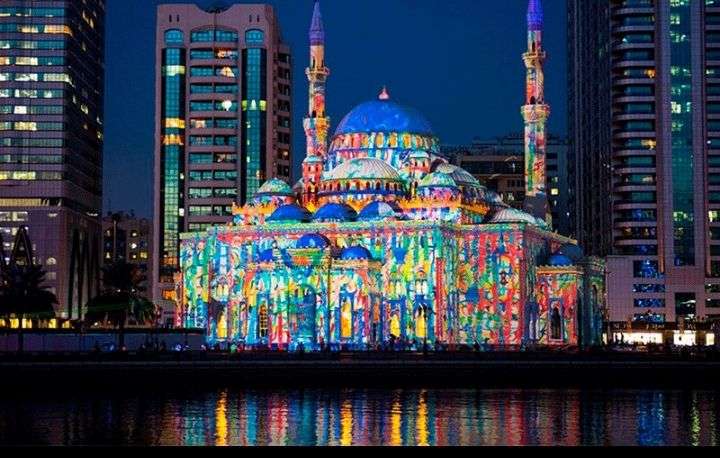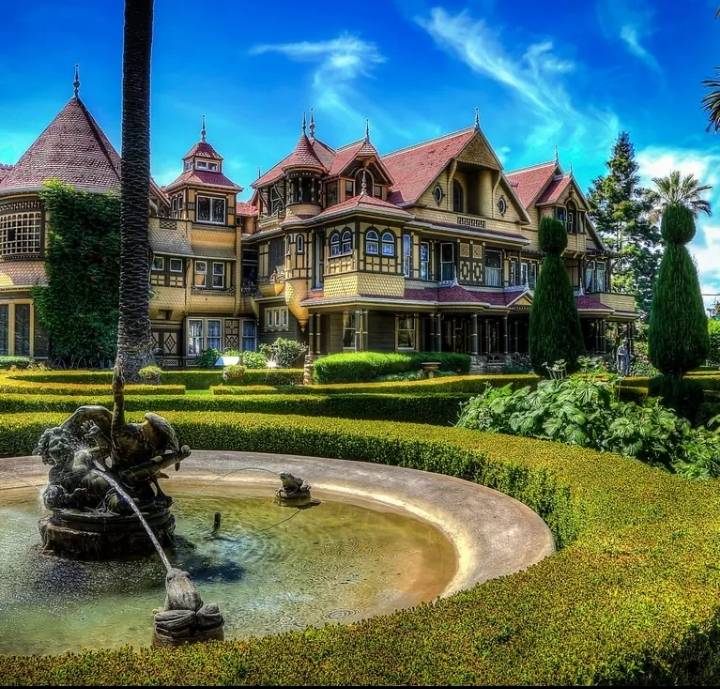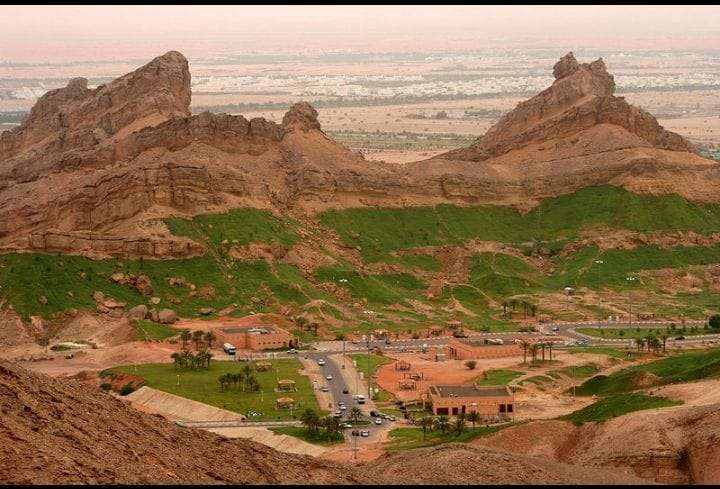Portugal, officially known as the Portuguese Republic, is a country located in southwestern Europe on the Iberian Peninsula.To the north and east lies Spain, while the west and south are embraced by the vastness of the Atlantic Ocean. The country has a diverse geography, with mountainous regions in the north and a long Atlantic coastline that is popular with visitors and locals alike. Portugal has a population of around 10.6 million inhabitants, with higher concentrations along the coastal strip. The country has a rich history, having once been a colonial power with vast overseas territories.
https://youtu.be/eXLS2Tyr-hM?si=1eliMxhAmnT2YG5p
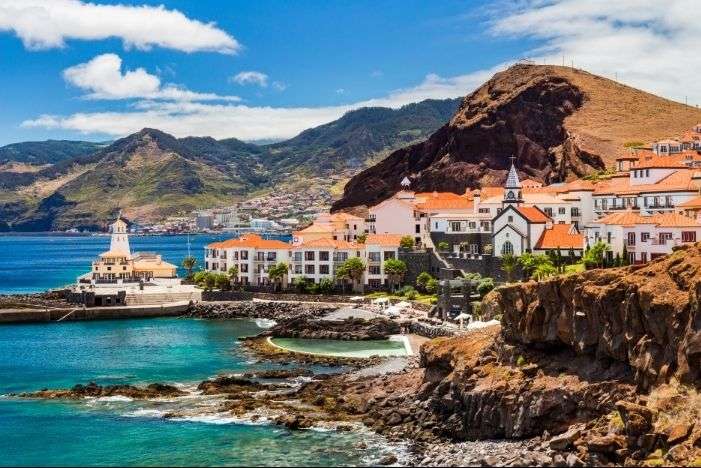
Portugal is a member of the European Union and has a service-based mixed economy. Its climate is characterized by mild winters and pleasant summers, varying from region to region. The Portuguese people have a strong cultural heritage, with a majority being Roman Catholic. The country is also known for its historic cities, well-preserved natural environment, and popular art forms such as tile painting and glazing, known as azulejos.
Contents
Location
Situated in southwestern Europe, Portugal occupies the Iberian Peninsula. It shares a border with Spain to the north and east, and is surrounded by the Atlantic Ocean to the west and south. The country has a diverse geography, with mountainous regions in the north and a long Atlantic coastline that is popular with visitors and locals alike. Lisbon is the capital and economic and cultural center of Portugal, located on the right bank of the Tagus River.
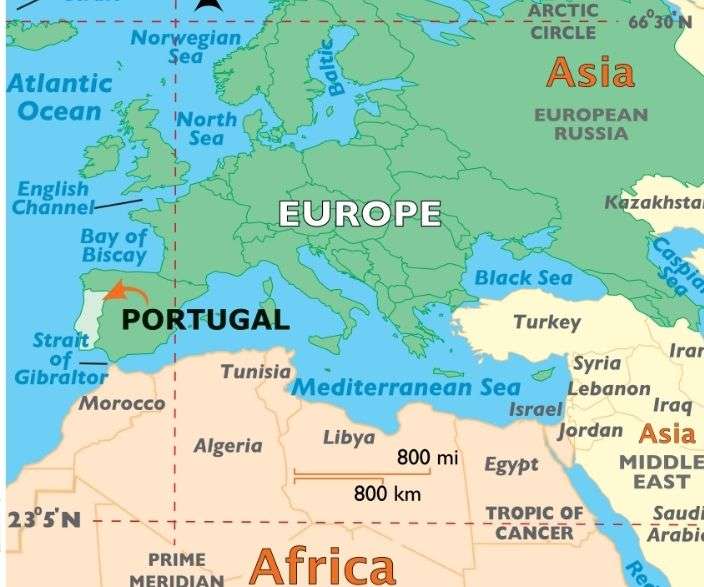
The city is situated on low but steep hills and is known for its great food, melancholy and romantic music, dance, and sport. The rugged Estrela Mountains contain the highest point of mainland Portugal. The country’s north is cold, rocky, and sparsely settled, while the south, the Algarve, is warm and fertile.
Flag of portugal
Portugal’s flag proudly features a rectangular design split into green on the left side and red on the right. It features the lesser version of the national coat of arms of Portugal, which includes an armillary sphere and the Portuguese shield. The green and red colors were chosen to symbolize hope for the future and the blood shed by those fighting for the country to become a republic.
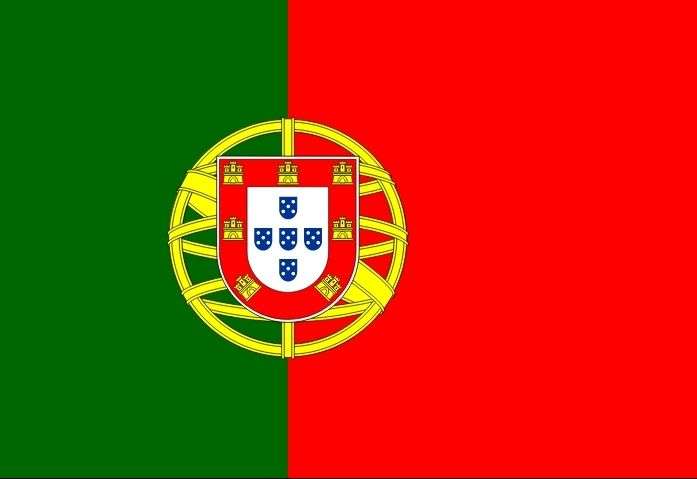
The flag was designed in 1910, following the revolution that overthrew the monarchy and proclaimed the republic. The green and red colors replaced the blue and white background stripes of the previous flag, which had been in use since 1830. The flag is a symbol of the country’s history and its aspirations for the future.
Must visit places in portugal
Madeira
Madeira is an autonomous region of Portugal, an archipelago comprising four islands off the northwest coast of Africa. It is known for its stunning natural beauty, including lush landscapes, botanical gardens, and crystal-clear waters. The main island, also called Madeira, is famous for its diverse plant life and mild, subtropical climate. The capital city, Funchal, is a vibrant hub of history, culture, and entertainment, and is the largest tourist center in the region.
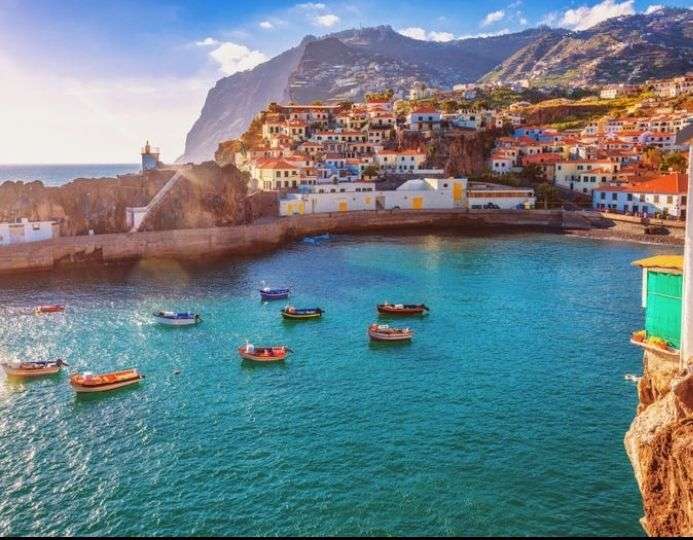
Madeira’s gastronomy is based on the use of local, fresh, and varied ingredients, thanks to its subtropical climate and volcanic soils. The island is also known for its traditional dishes, such as ‘tuna steak with fried corn’. The archipelago offers a wide range of outdoor activities, including hiking along the network of levadas (irrigation channels), and leisure boating in the prime conditions for scuba diving.
The island of Porto Santo, part of the Madeira archipelago, is known for its golden beaches and tranquil, turquoise sea. Madeira is a unique and beautiful destination, offering a blend of natural wonders, centuries-old traditions, and genuine flavors, making it a must-visit for travelers seeking a one-of-a-kind experience.
Algarve
The Algarve is a historical province of southern Portugal, bounded by the Atlantic Ocean to the south and west and the lower Guadiana River to the east. It is a popular tourist destination known for its warm climate, stunning beaches, and golf courses. The region has a rich cultural heritage, with settlements dating back to prehistoric times, and has been shaped by various civilizations, including the Phoenicians, Romans, Visigoths, Arabs, and Christians. The Algarve offers a wide range of activities, including beach hopping, nature reserves, road trips, and festivals.
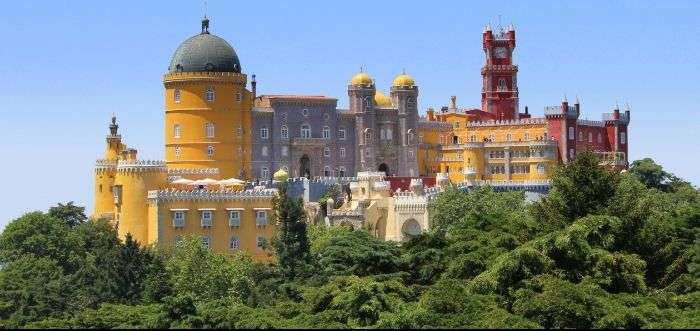
The region’s gastronomy is based on fresh and varied ingredients, including fresh fish and seafood, and is influenced by its subtropical climate and volcanic soils. The Algarve is a place of natural beauty, cultural richness, and genuine hospitality, making it a must-visit destination for travelers seeking a unique experience.
Sintra
Sintra, a delightful Portuguese town, finds its home within the refreshing embrace of the Serra de Sintra’s cooling hills. It was once a summer retreat for Portuguese nobility and royalty, and is now a UNESCO World Heritage Site. The town captivates visitors with its wealth of opulent palaces, extravagant villas, and historic sites, making it an outstanding tourist destination and regarded as the best day trip of the Lisbon region. Some of the must-see sights in Sintra include the Palácio Nacional da Pena, which is one of Europe’s finest palaces, and the whimsical and colorful Romanticist architecture, with the Palácio da Pena being the greatest example.
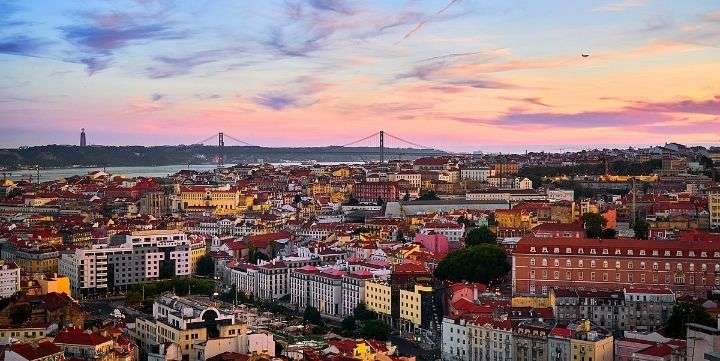
The town is known for its well-preserved historic center, riddled with a labyrinth of winding streets and home to the National Palace of Sintra. Sintra is also famous for its cultural landscape, which is an extraordinary and unique complex of parks, gardens, palaces, country houses, monasteries, and castles, harmonizing with the Lush and exotic beauty flourish in Sintra’s micro-landscapes, where overgrown vegetation creates enchanting vistas.
The town’s unique combination of gardens and architecture influenced the development of landscape architecture across Europe, making it a favorite summer resort of kings and aristocrats, who built palaces and planted gardens and forests of immeasurable value. Sintra is a place of outstanding universal value, offering a blend of history, culture, and natural beauty, making it a must-visit for travelers seeking a unique and enchanting experience.
Porto
Porto, or Oporto, holds the distinction of being Portugal’s second-largest city, following only Lisbon in size and significance. It is a major industrial and financial center of both Portugal and the Iberian Peninsula. The city is a potential host for the 2030 FIFA World Cup and is known for its vibrant cultural scene, including the Oporto Marathon and its popular football teams, FC Porto and Boavista.
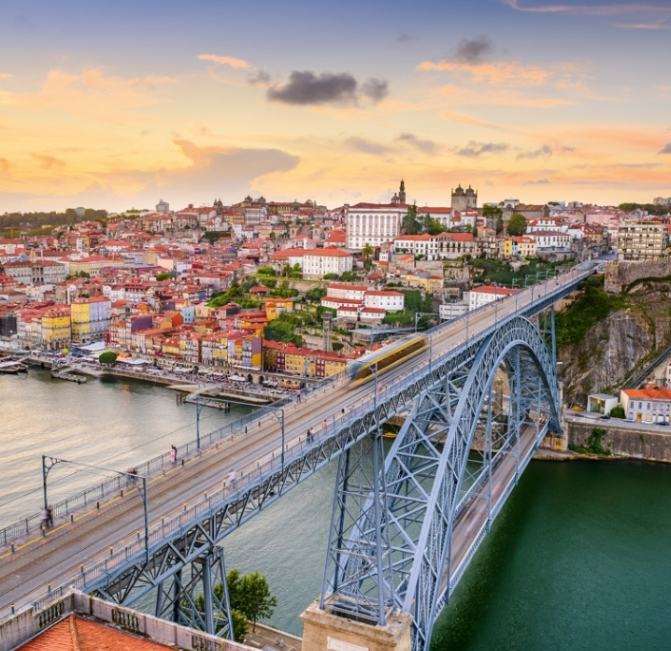
Porto is also home to the headquarters of the Banco Português de Fomento and the popular Portuguese newspaper, Jornal de Notícias. The city is famous for its historic and picturesque old town, the Ribeira district, and its connection to the production of port wine. Additionally, Porto is known for its culinary scene, with a variety of restaurants offering traditional Portuguese and international cuisine. The city is a popular tourist destination, offering a blend of history, culture, and modernity, making it a must-visit for travelers.
Lisbon
Lisbon is the capital and largest city of Portugal, with a population of around 548,703 within its administrative limits. It is a major economic center with a developed mass media sector and a growing financial industry.
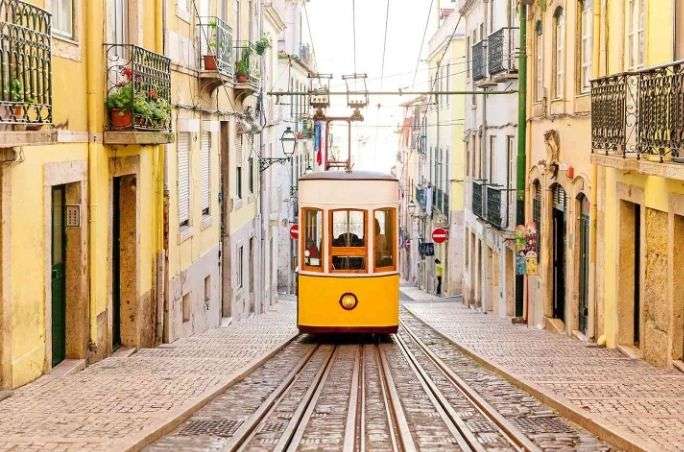
The city is situated on the mouth of the Tagus River and is known for its world-class beaches, wild forests, and vibrant atmosphere. Lisbon is a cosmopolitan city with good access and is a few hours away from any European capital. It offers a wide range of activities and attractions, including the Castle of São Jorge, the Alfama neighborhood, the Jerónimos Monastery, the Belém Tower, and the famous pastel de Belém. The city’s rich history, cultural heritage, and diverse range of experiences make it a must-visit destination for travelers.
Évora
Évora is a city and municipality in Portugal, located in the Alentejo region. It has a rich historical and cultural heritage, with roots dating back to Roman times. The city is known for its well-preserved historic center, which is a UNESCO World Heritage Site. Some of its most visited sites include the Roman Temple of Évora, the Chapel of Bones, the Cathedral of Évora, and its historical center.
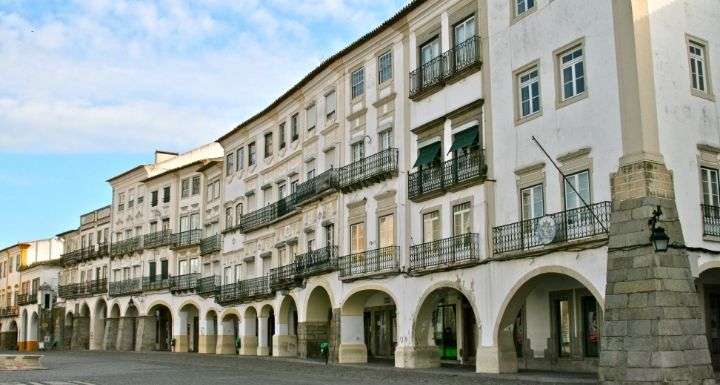
Évora is also home to the state-run University of Évora and the district hospital. The city has seen a significant increase in international tourism, leading to the creation of various accommodation options. In addition to its historical and cultural attractions, Évora offers opportunities for activities such as birdwatching, trekking, and mountain biking. The city is known for its inspiring architecture, cobbled streets, and white houses, making it a captivating destination for visitors.
Évora is a city and municipality in Portugal, located in the Alentejo region. It has a rich historical and cultural heritage, with roots dating back to Roman times. The city is known for its well-preserved historic center, which is a UNESCO World Heritage Site. Some of its most visited sites include the Roman Temple of Évora, the Chapel of Bones, the Cathedral of Évora, and its historical center.
Évora is also home to the state-run University of Évora and the district hospital. The city has seen a significant increase in international tourism, leading to the creation of various accommodation options. In addition to its historical and cultural attractions, Évora offers opportunities for activities such as birdwatching, trekking, and mountain biking. The city is known for its inspiring architecture, cobbled streets, and white houses, making it a captivating destination for visitors.
Coimbra
Coimbra, situated within the Alentejo region, stands as a city and municipality of Portugal.It has a rich historical and cultural heritage, with roots dating back to Roman times. The city is known for its well-preserved historic center, which is a UNESCO World Heritage Site. Some of its most visited sites include the Roman Temple of Évora, the Chapel of Bones, the Cathedral of Évora, and its historical center. Évora is also home to the state-run University of Évora and the district hospital.
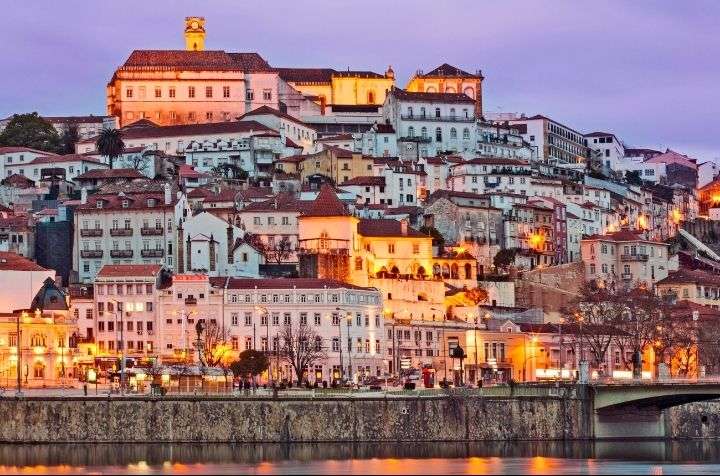
The city has seen a significant increase in international tourism, leading to the creation of various accommodation options. In addition to its historical and cultural attractions, Évora offers opportunities for activities such as birdwatching, trekking, and mountain biking. The city is known for its inspiring architecture, cobbled streets, and white houses, making it a captivating destination for visitors.
Tips for visiting portugal
Here are some travel tips for visiting Portugal:
Footwear: Bring comfortable walking shoes with a good grip, as Portugal is a very walkable country, especially in cities like Lisbon, Porto, Évora, and others
Packing: When packing, pay close attention to your footwear, as a typical trip to Portugal involves climbing lots of hills. A comprehensive packing list for Europe typically includes all the essentials you’ll require for your journey
Transportation: Portugal is an easy country to navigate, especially while exploring the capital. There are various transportation options, including the metro, ferry, buses, and historic trams. Consider picking up a 24-hour Viva Viagem card for easy and convenient travel in Lisbon
Must-See Places: Some of the must-see places in Portugal include Lisbon, the Algarve, Sintra, Madeira, Porto, Óbidos, Évora, and Aveiro
Cultural Experiences: When in Lisbon, climb to the Castle of São Jorge, stroll through Alfama, listen to Fado, visit the Jerónimos Monastery and the Tower of Belém, and taste a pastel de Belém. These are just a few of the many cultural experiences that Portugal has to offer.
CONCLUSION
In conclusion, Portugal stands as a captivating destination offering a rich tapestry of historical, cultural, and natural wonders. From the charming cities of Lisbon, Porto, and Évora to the tranquil shores of the Algarve, the country embodies diversity and allure. Its affordability, walkability, and hospitable locals make it an ideal choice for travelers seeking an enchanting and unique experience. Whether savoring traditional cuisine, listening to Fado music, or exploring its stunning landscapes, Portugal promises a memorable journey for all who visit.
Faqs about visiting portugal
Q. What is the best time to visit Portugal?
A. The best time to visit Portugal is during the shoulder seasons of spring (March to May) and fall (September to November), when the weather is mild and the crowds are smaller. However, Portugal is a year-round destination, and each season has its own charm
Q. What is the currency in Portugal? A. In Portugal, the official currency used is the Euro.
Q. What language is spoken in Portugal?
A. The official language of Portugal is Portuguese, but many people speak English, especially in tourist areas.

Safnaa has been working in the travel industry for over a decade, and her expertise and knowledge are reflected in the high-quality content and resources available on travelstutor.com. She is dedicated to providing travelers with accurate and up-to-date information on destinations, accommodations, transportation, and activities, ensuring that they have the best possible travel experience.

